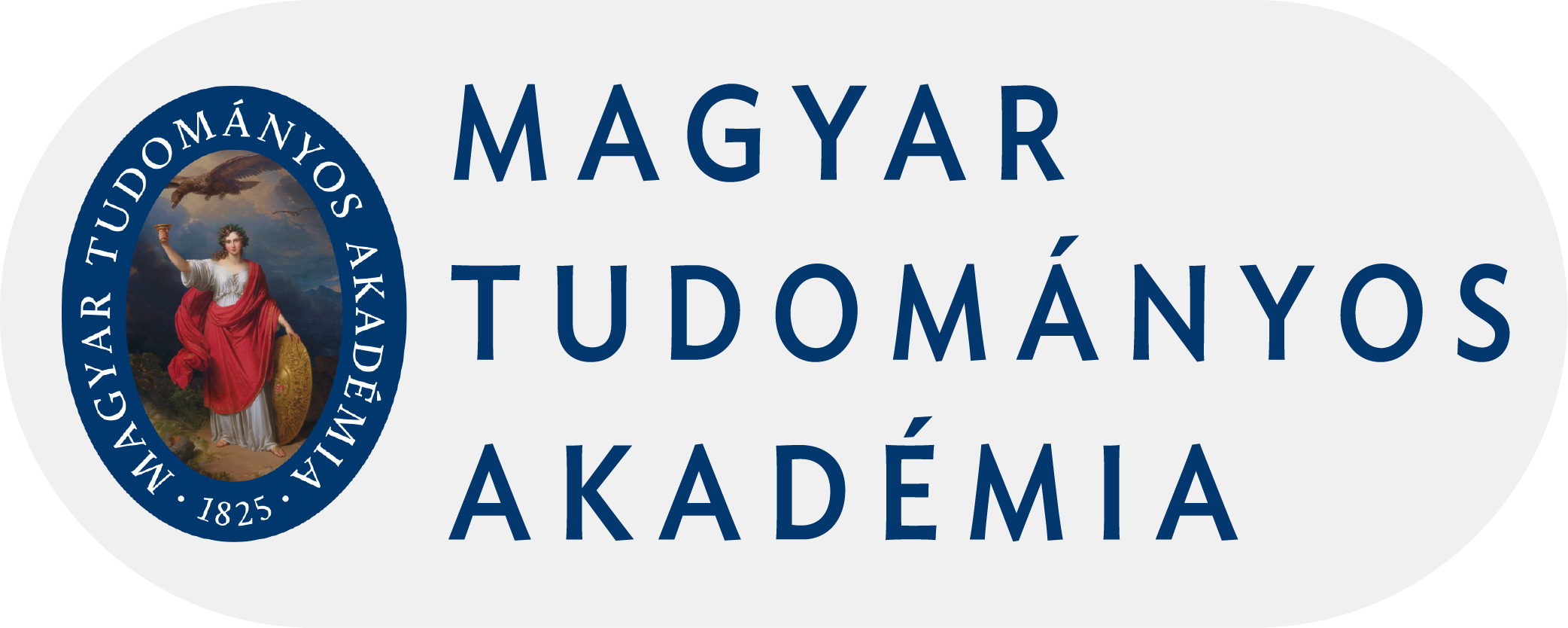Search
Search Results
-
Growth and yield performance of garlic varieties under zero-tillage and tillage system
46-54.Views:530Bangladesh Agricultural University (BAU) developed four garlic variety viz., BAU Garlic-1; BAU Garlic-2; BAU Garlic-3; and BAU Garlic-4 were tested under two cultivation systems viz., zero-tillage and tillage to find out a suitable variety for zero-tillage system. This study was conducted following randomized complete block design with three replicates. Results showed that planting system had significant influenced on growth, yield contributing traits and bulb yield of garlic. It was also observed that all the studied traits were higher in zero-tillage condition as compared to tillage system. There were significant variations noticed among the garlic varieties on plant growth and yield traits. However, in combination of planting system and variety, it was found that BAU Garlic-3 performed superior on plant growth and bulb yield of garlic under zero-tillage system. From the findings of this study, it can be concluded that BAU Garlic-3 could be useful technology for cultivation of garlic in zero-tillage system.
-
Genotypic difference of garlic (Allium sativum L.) cultivars for growth, bulb yield and yield related attributes at Tigray Province, Northern Ethiopia
46-52.Views:312The experiment was conducted at Ofla district from June to October of 2017 and 2018 cropping season to select high yielding and adaptable garlic cultivar(s). Six garlic cultivars namely Chefe, Tsedey, Holeta local, Kuriftu and Bora-4 and one Ofla Local were evaluated. The experiment was arranged in completely randomized block design (RCBD) with three replications. Different growth, phenology, yield and yield related data were collected. Leaf length, leaf width, bulb diameter and length were significantly (p<0.05) influenced by garlic cultivars in both cropping seasons. Bulb weight and number of cloves per bulb were highly significantly (P<0.01) influenced by cultivars in both cropping seasons. Also, marketable yield, unmarketable yield and total yield ha-1 were highly significantly (P<0.01) influenced by cultivars in both seasons. During 2017 and 2018, the highest marketable bulb yield was observed from Ofla Local cultivar with an average value of (8.86 t/ha) and (9.06 t/ha) respectively. During the 2017 cropping year, the maximum and significantly higher total bulb yield of 10.21 t/ha was recorded on the Ofla Local cultivar. Moreover, in 2018, this cultivar provided the maximum total bulb yield of 9.80 t/ha. Therefore, the Ofla Local cultivar showed the greatest performance for growth, yield and yield related attributes. Thus, it is recommended for cultivation in areas having similar agro-ecology. To improve the productivity of garlic, it is important to study and identify the optimum fertilizer level and spacing in the study area.
-
Content of mineral- and sulphur compounds in Hungarian and French garlic varieties
61-65.Views:359In our days about 2 million tons of garlic are grown in the world. Garlic was used as medicine already in ancient Egypt. It contains approx 33 sulfur compounds, several enzymes, 17 amino acids and minerals. We determined the content of diallyl sulfone, boron, calcium, copper, iron, potassium, magnesium, natrium, phosphorus and zinc in fi ve garlic varieties (3 French, 2 Hungarian). We searched if there were signiffi cant differences between the varieties.
-
Hungarian fruits and vegetables of high anti-oxidant activity as functional foods (Review article)
13-21.Views:1038Recently, projects aiming to enhance the consumption of fruits and vegetables are intensified. Experts agree in the principle of fresh vegetable foods being a valid panacea in averting risks of ailments as well as curing immune-insufficiency, inflammations, moreover, certain cancerous processes. It is generally accepted that among substances of biological activity the anti-oxidant compounds such as vitamins C, E and carotenoids, etc. have the major role in this process. Hungarian agriculture has outstanding chances in utilising its natural as well as cultivated plant resources and favourable climatic conditions. It would be, however, necessary to build up a databank of antioxidant substances found in fruits and vegetables and including the modifying effects of technology, growing site, variety, etc. The concept of promoting the trade of Hungarian food-specialities as "Hungaricum" needs, urgently, the aid of a databank of that kind. Some of those excellent products are for instance the sour cherry, pepper and onion. They enjoy high priority as "Hungaricum" in the EU and it should be enhanced by intense and consequent research work, which may prove their role as functional foods. The USA is the leading country in research on the anti-oxidant substances of sour cherries, and up to now more than 17 compounds have been found in Hungarian varieties among others. In pepper fruits used as vegetable and source of vitamin C, the analyses are still lacking because research of the past concentrated on the products of milled spice pepper. Onion and garlic are entirely unexplored in this respect. It should be noted that availability of these fresh products in the moderate climate is restricted to a relatively short season. For that reason, some processing and preservation methods are needed in order to use those fruits and vegetables as functional foods all around the year. The scientifically founded endeavour as a solution of the questions mentioned is stimulated by vigorous commercial interests as well as by the urgent needs of the consumers to improve their health.










